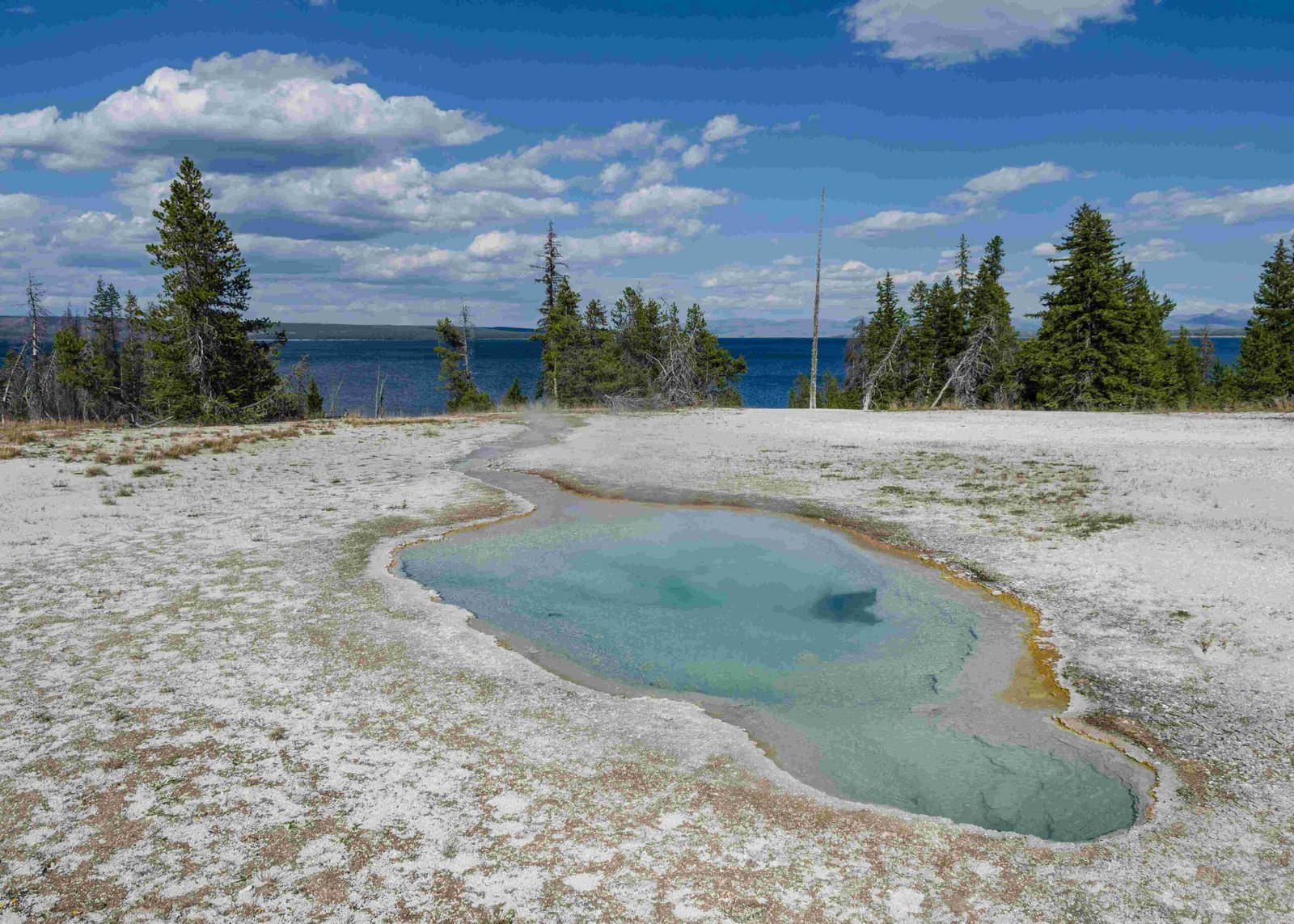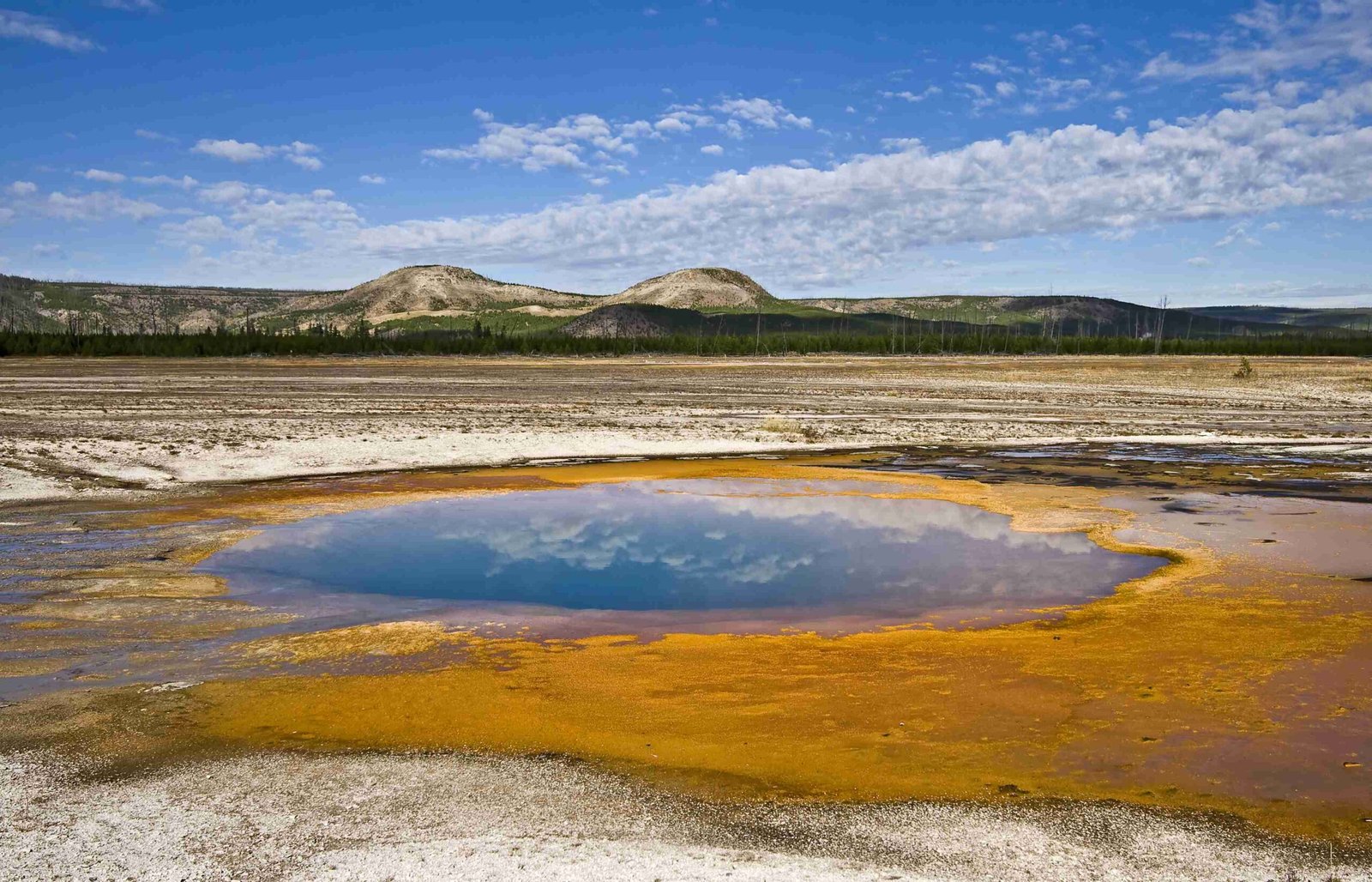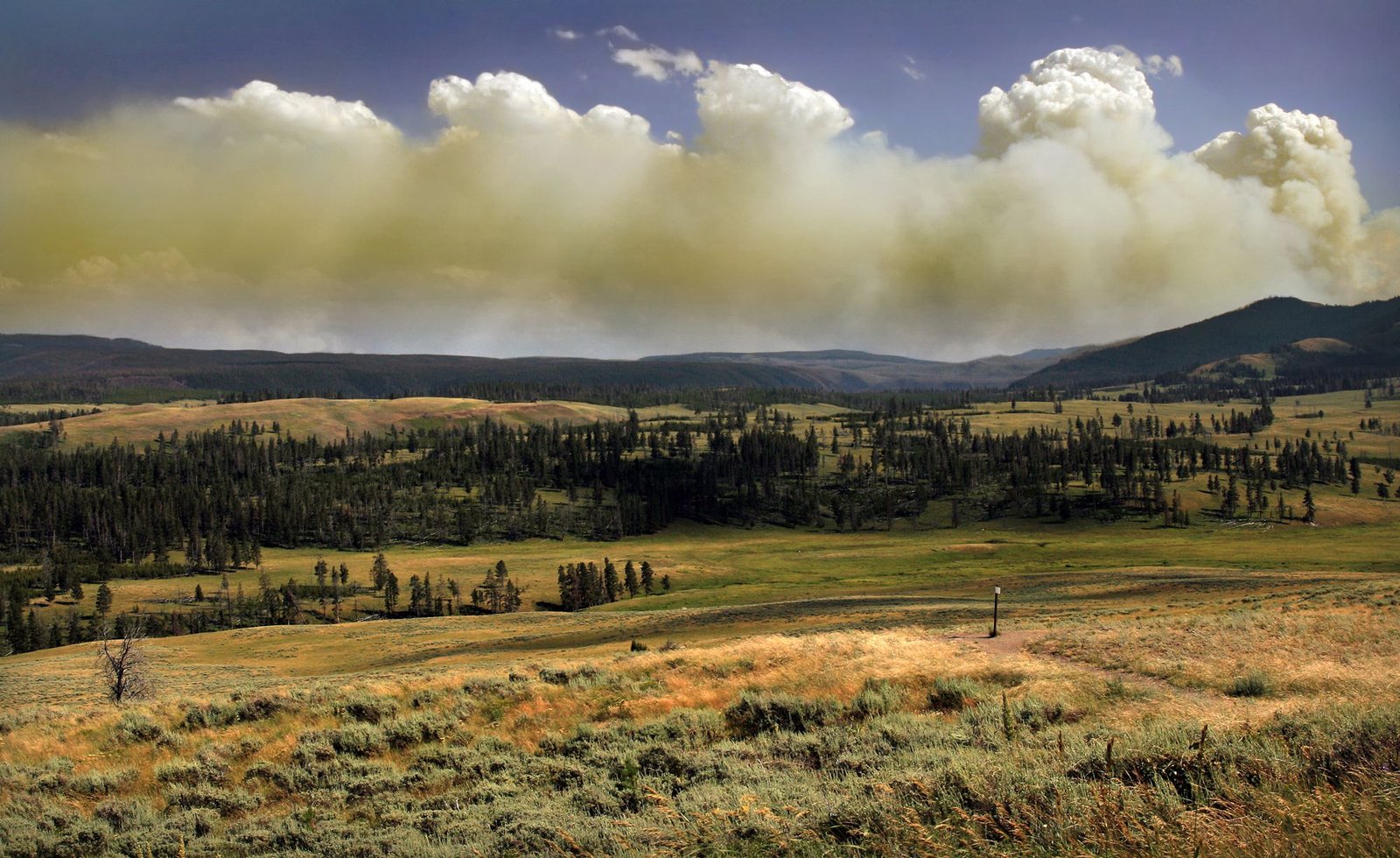Yellowstone National Park’s steam vents are a testament to the park’s dynamic geothermal activity. These natural phenomena, formed by underground heat and water, create mesmerizing displays of steam rising from the earth. Located throughout the park, steam vents offer visitors a glimpse into the powerful forces shaping this unique landscape. From the famous Old Faithful area to lesser-known basins, these features showcase the park’s volcanic heritage and ongoing geological processes.
Where Can You Find Steam Vents in Yellowstone National Park?

Steam vents, also known as fumaroles, can be found in various locations throughout Yellowstone National Park. Some of the most notable areas include:
- Norris Geyser Basin
- Upper Geyser Basin (Old Faithful area)
- Mud Volcano Area
- West Thumb Geyser Basin
- Mammoth Hot Springs
These areas are accessible via the park’s road system and often feature boardwalks or designated viewing areas for safe observation.
What Causes Steam Vents to Form?

The formation of steam vents in Yellowstone is closely tied to the park’s unique geology:
- Magma Chamber: A large magma chamber beneath the park heats the surrounding rock.
- Groundwater: Rainwater and snowmelt seep into the ground.
- Heat Exchange: The water is heated by the hot rocks above the magma chamber.
- Pressure Build-up: As the water heats, it expands and creates pressure.
- Surface Escape: The pressurized steam finds weak points in the rock to escape to the surface.
This process creates the steam vents we see at the surface, where superheated water vapor escapes from cracks in the earth.
How Hot Are Yellowstone’s Steam Vents?
The temperature of steam vents in Yellowstone can vary significantly:
| Location | Temperature Range |
|---|---|
| Surface | 93°C – 138°C (200°F – 280°F) |
| Subsurface | Up to 237°C (459°F) |
These temperatures are hot enough to cause severe burns, which is why it’s crucial to stay on designated paths and boardwalks when visiting these areas.
What Safety Precautions Should Visitors Take Around Steam Vents?
When visiting steam vents in Yellowstone, safety should be your top priority:
- Stay on designated boardwalks and trails.
- Keep children close and pets on a leash.
- Do not touch or approach steam vents or other thermal features.
- Be aware of sudden wind changes that can blow hot steam towards you.
- Respect closures and warning signs.
- Carry plenty of water to stay hydrated in the often hot and dry conditions around thermal areas.
How Do Steam Vents Contribute to Yellowstone’s Ecosystem?
Steam vents play a crucial role in Yellowstone’s unique ecosystem:
- Microbial Habitats: The extreme conditions around steam vents support unique microorganisms called thermophiles.
- Mineral Deposition: Minerals carried by the steam create colorful deposits around vent openings.
- Wildlife Attraction: In winter, areas around steam vents provide warm spots for wildlife.
- Plant Adaptation: Specialized plants have adapted to grow in the harsh conditions near steam vents.
What Are Some Notable Steam Vents in Yellowstone?
While there are numerous steam vents throughout the park, some are particularly noteworthy:
- Roaring Mountain: A hillside covered in steam vents, creating a ‘roaring’ sound.
- Mud Volcano: Features a mix of mud pots and steam vents in a highly acidic area.
- Porcelain Basin: Part of Norris Geyser Basin, known for its milky blue pools and numerous steam vents.
- Black Dragon’s Caldron: A violently boiling spring in the Mud Volcano area.
How Have Steam Vents Changed Over Time?
Yellowstone’s steam vents are dynamic features that can change over time:
- New Formations: New steam vents can appear as underground pathways shift.
- Dormancy: Some vents may become dormant as water sources change.
- Intensity Fluctuations: The intensity of steam output can vary with seasonal changes and underground activity.
Park geologists continuously monitor these changes to better understand the park’s geothermal system and ensure visitor safety.
What Research Is Being Conducted on Yellowstone’s Steam Vents?
Ongoing research on Yellowstone’s steam vents includes:
- Thermal Imaging: Using infrared technology to map and monitor thermal areas.
- Gas Composition Analysis: Studying the gases emitted from vents to understand underground processes.
- Microbial Studies: Investigating extremophile organisms living in and around steam vents.
- Geological Surveys: Mapping the underground structure that supports steam vent formation.
This research helps scientists better understand volcanic processes and the unique Yellowstone ecosystem.
How Can Visitors Best Experience Yellowstone’s Steam Vents?
To fully appreciate Yellowstone’s steam vents:
- Visit during cooler months or early mornings for more visible steam.
- Bring binoculars for closer observation from safe distances.
- Join ranger-led programs to learn about the geology behind steam vents.
- Visit different thermal areas to see a variety of steam vent types.
- Photograph steam vents at sunrise or sunset for dramatic lighting effects.
Remember to always prioritize safety and follow park regulations when exploring these fascinating geological features.
References:
1. Yellowstone National Park Official Website
2. USGS Yellowstone Volcano Observatory
3. Thermal Biology Institute – Montana State University

